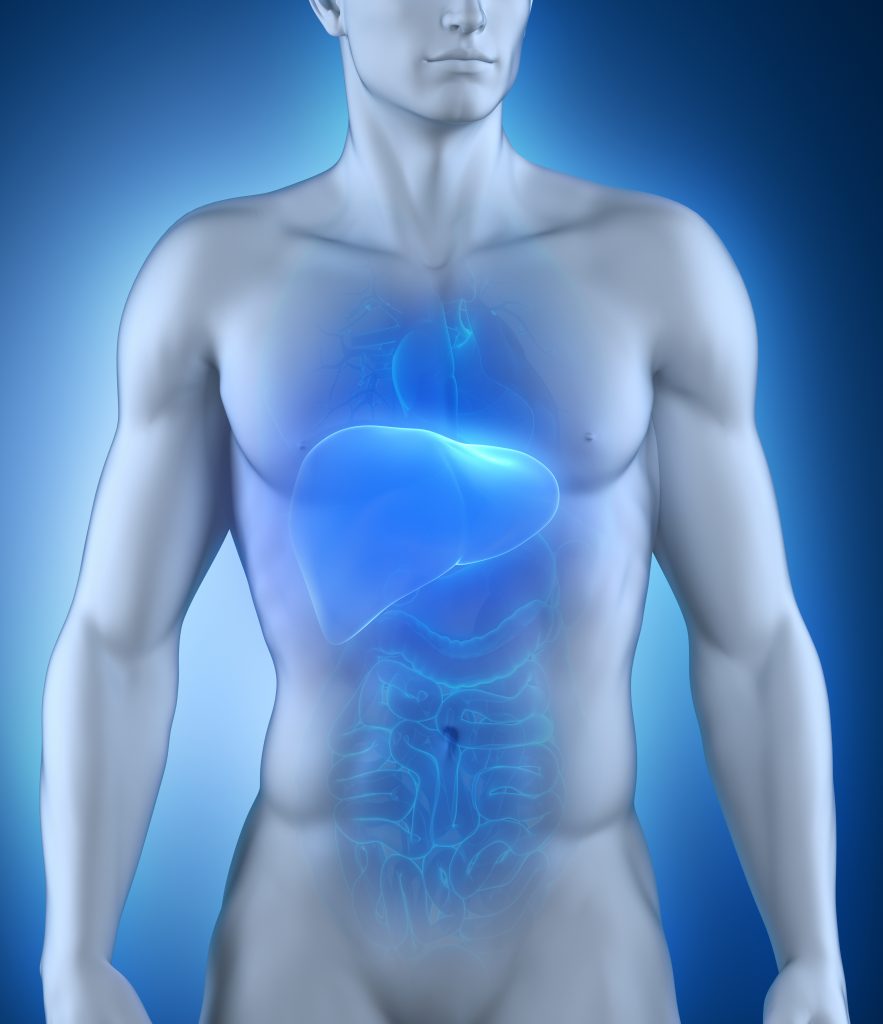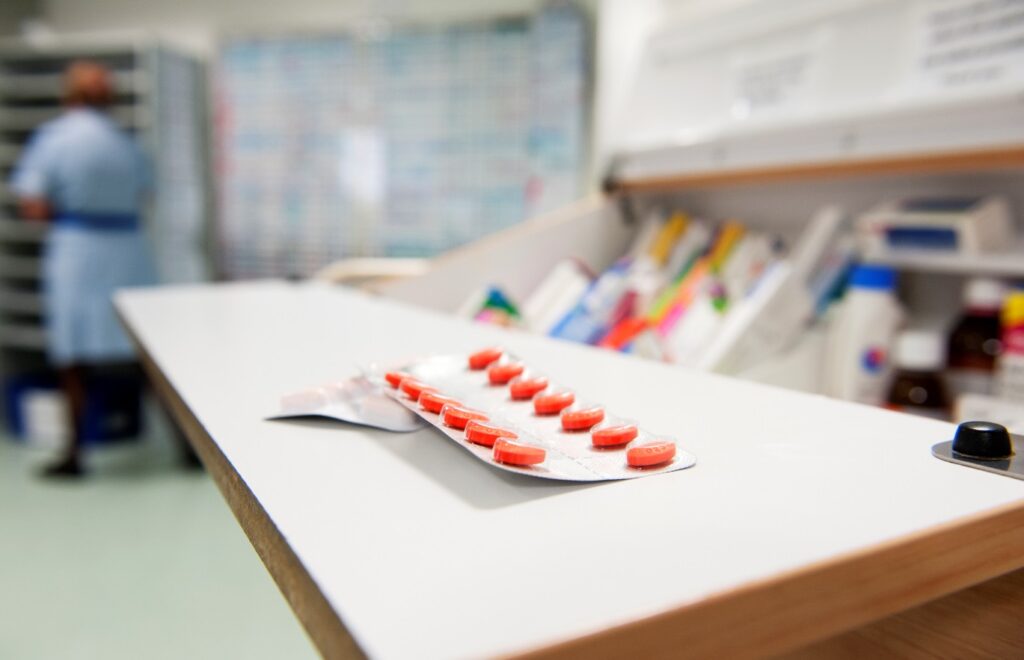Our research: case studies

Cellular therapy renders damaged donor livers suitable for transplantation
The demand for liver transplants outnumbers the supply of healthy donor livers available. Bile duct damage affects 20-30% of transplanted livers and is the reason many donated livers are rejected.
Cambridge researchers have developed a technique to repair bile ducts in livers deemed unsuitable for transplantation.
Healthy bile duct cells were obtained from liver biopsies in healthy people and grown in the laboratory to the billions required to regenerate the ducts in the liver.
Damaged donor livers could be kept alive outside the body while healthy new bile duct cells were injected and the bile ducts repaired.
This has the potential to dramatically increase the number of organs suitable for transplantation, while also highlighting the potential of cell therapy to repair damaged bile ducts (accounting for 70% of transplants in children, 30% in adults), preventing the need for transplantation altogether.

Taking a new cell therapy to a trial in patients with Parkinson’s disease
Parkinson’s disease is a common disease in which nerve cells in different parts of the brain die prematurely, causing tremors, progressive weakness and difficulty walking and moving. It affects approximately 20-30,000 people in the UK.
This loss of nerve cells (‘neurons’) includes some that produce a chemical called ‘dopamine’. Medications that replace dopamine help treat the symptoms of Parkinson’s disease.
However, these drugs create side effects in the long term and do not treat the underlying disease, meaning it continues to progress despite these medications.
We wanted to see if we could make dopamine neurons from human stem cells, which in theory able to develop into all cell types, including brain cells.
Working with a team in Sweden, we have developed a product called STEM-PD, in which stem cells have been engineered to make brain cells (dopamine neurons) of the type lost in Parkinson’s disease.
This new product has now been tested in the laboratory and shown to be safe, with signs that it can help with features of Parkinson’s disease. Furthermore, we can manufacture these cells very efficiently, making this attractive for companies to develop should early human trials, including our own, show that transplanting these dopamine neurons works and is safe.
If successful, this treatment could remove the need for drugs and target the underlying cause of Parkinson’s disease, not just the symptoms.
We are now undertaking a first-in-human trial of STEM-PD in Cambridge and Lund, Sweden.
Eight people with Parkinson’s disease will receive transplants of STEM-PD into the brain and be followed up for 36 months to check that it is safe and assess whether it helps their symptoms.

A new type of endoscope to detect cancer earlier
An endoscope is a flexible tube with a light and camera at the end that can be inserted into the digestive tract to look, for example, for signs of cancer.
The camera uses different colours (wavelengths) including infrared light, to reveal information that would otherwise be invisible.
However, it can be challenging to distinguish between
normal and pre-cancerous tissue. New methods were therefore needed.
Researchers from the Departments of Physics and Gastroenterology worked together to develop a new endoscope, called a spectral endoscope, and tested this on patients with Barrett’s oesophagus and bowel polyps (which can turn cancerous).
We used a computing method called deep learning, to
interpret the signals coming from the endoscope and present the results to the endoscopist carrying out the procedure.
This allows the clinician to see if the tissue is normal or possibly cancerous.
Spectral endoscopy can improve early cancer detection by guiding the endoscopist on where to biopsy and the area needing treatment, during the same endoscopy.
This could improve cancer outcomes from more effective treatment and save NHS money by reducing endoscopy procedures.

